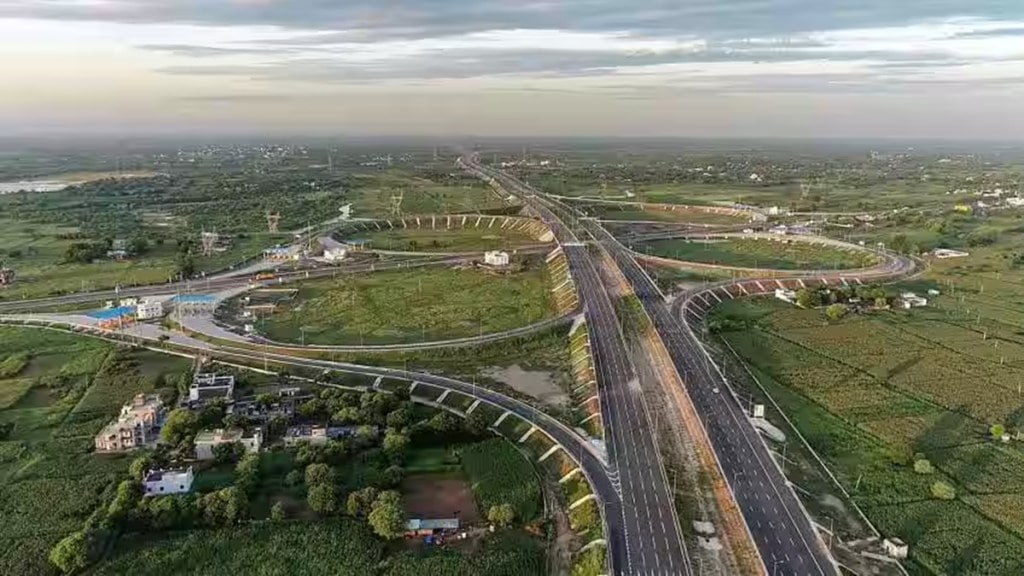Traveling from Delhi to Mumbai is a journey that offers a diverse tapestry of landscapes, cultures, and experiences. Whether you choose the swift convenience of air travel, the scenic charm of a train journey, or the adventurous spirit of a road trip, this route encapsulates the essence of India’s vast and dynamic terrain. From the historic grandeur of Delhi to the bustling metropolis of Mumbai, this voyage unfolds a captivating narrative of India’s past, present, and future, making it a memorable adventure for travelers seeking to explore the heart of the nation.
However, the feasibility of traveling from Delhi to Mumbai depends on various factors such as your budget, time constraints, and personal preferences. Here’s a brief comparison of the three main transportation options:
Delhi-Mumbai via Roadways
Time Taken: Road travel by car or bus is feasible if you enjoy long journeys and have the time to spare. The distance between Delhi and Mumbai is roughly 1,400 to 1,500 kilometers, and it can take around 24 to 30 hours by road, depending on the route and stops.
Cost: Road travel can be cost-effective in terms of transportation, but you need to consider fuel, food, accommodation, and maintenance costs. The fuel efficiency of your car is a significant factor. Different vehicles have varying mileage (kilometers per liter) depending on their make, model, engine size, and maintenance.
Fuel prices fluctuate regularly due to market conditions and government policies. Also, the route you take can impact the total distance and, consequently, the amount of petrol you’ll need. Some routes may be more direct, while others might involve detours or diversions.
It is thus advisable to divide the total distance by your car’s fuel efficiency to estimate the number of liters of petrol you’ll need for the trip. And then, multiply the estimated liters by the current price of petrol to calculate the total cost of petrol for your journey.
Convenience: Road travel provides the flexibility to stop at various places of your choice along the way, but it can be physically tiring and time-consuming as well.
Delhi-Mumbai Expressway
Another time-saving option to opt for is the Delhi-Mumbai Expressway (DME) project, also known as NH-148N / NE-4, which is currently being constructed in a phased manner. It is envisioned as an eight-lane, access-controlled road that will establish a direct route connecting Delhi’s DND area to Mumbai’s JNPT area. The expressway has been designed with a maximum speed limit of 120 kilometers per hour and includes provisions for future expansion to accommodate up to 12 lanes.
The beauty of this project is that once it is completed, it will take just 12 hours for people to commute between the two cities. Additionally, it will reduce the distance between several other cities. The first stretch of the expressway between Delhi and Jaipur was opened to the public in February 2023. The NHAI opened another stretch of 244 km between Madhya Pradesh’s Jhabua and Rajasthan’s Modak in September 2023. Once completed, the Delhi_mumbai Expressway will cut across six states including Delhi, Haryana, Gujarat, Madhya Pradesh, Rajasthan and Maharashtra.
Delhi-Mumbai via Train
Time Taken: Train travel is a viable option for those who prefer a more scenic journey and have a flexible schedule. The travel time varies depending on the type of train, with options ranging from approximately 16 to 20 hours. You can choose to travel via Mumbai Rajdhani Express, Duronto Express, Shatabdi Express, August Kranti Rajdhani, and Gitanjali Express among others. There is no direct Vande Bharat Express from Delhi to Mumbai, otherwise, that too would have been one of the best options to go for.
Cost: Train ticket prices vary based on the class of travel and the type of train. Sleeper-class and higher-class tickets are available to accommodate different budgets. In sleeper-class, fares typically range from INR 500 to INR 1000. Premium trains often have higher fares due to their faster travel times and better amenities. Fares for Rajdhani or Duronto Express in AC classes can vary widely but are generally higher than regular trains.
Convenience: Trains offer a comfortable journey with sleeper berths, catering services, and the opportunity to socialize with fellow passengers. However, it’s a longer journey compared to flying. Nonetheless, if you don’t have the budget for air travel and if you want to enjoy the journey comfortably, trains are the way to go!
Delhi-Mumbai via Airways
Time Taken: Travelling to Mumbai from Delhi via flights is the fastest route and also, the most time-efficient way. It takes approximately 2 to 3 hours by flight.
Cost: Airfare can vary depending on factors like the time of booking, airline, and class of travel. While there are budget airlines that offer competitive fares, last-minute bookings can be more expensive. So, if you want to travel to Mumbai and get there faster, it is advisable to book your tickets well in advance.
Convenience: Air travel is highly convenient, with multiple daily flights connecting both cities. You can choose from a range of flight times to suit your schedule. But one factor to consider here is that you won’t be able to enjoy the scenic route between Delhi and Mumbai.
